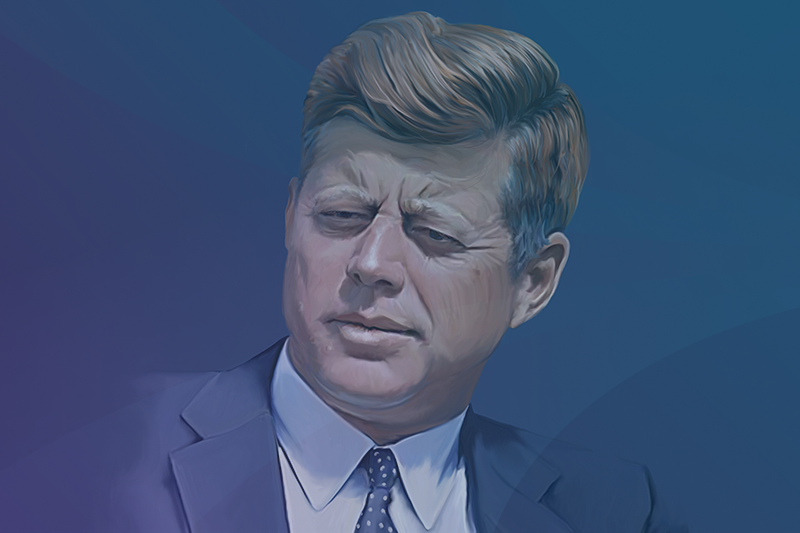A Buzz Word That Matters: Engagement

I spent 20 years working for a global company with ten thousand employees. For 20 years, I loved going to work. Sure, I had bad days and experienced frustration, but the overall experience was nothing short of remarkable.
It’s nearly a decade past that experience, and in countless conversations with former colleagues and business partners about our time together, one recurring theme emerges—employee engagement matters. A clear business strategy, frequent communication, and a workforce trusted to achieve the strategy, led to an engaged and motivated workforce which was keen to deliver.
A former colleague told me, “Work felt like play.” She explained that she experienced a level of joy while working with colleagues to solve problems. “We were informed and empowered to do our part, to solve a problem, to make a change, and we moved fast. There is a lot of fun in having the knowledge and freedom to do what is right.”
Imagine what would be possible if you had a workforce of similar-minded people? The truth is, engaging employees to create and maintain an engaged workforce is not rocket science, but it is hard work.
At futureAlign Incorporated, we create methodologies and customize end-to-end communications solutions that are specially designed to inform, engage, and transform corporate cultures. My colleagues and I average 20+ years’ experience in various corporate communications roles for companies large and small. We leverage our experiences and processes to engage and empower employees because they ultimately impact and improve your organizational performance. Built into our solutions are some basic principles:
- Share information with employees first. Your employees should be the single most reliable source of information about your company. If there is “news” about your company, make sure your employees hear it from you before they read about in the press. Exceptions include your earnings release or other information where internal disclosure is prohibited by law. In these cases, employees should receive information simultaneously with the media and receive a value-add communication developed specifically for the workforce.
- The single most important person in an employees’ work-life is their boss. When possible, share information with managers first, employees second. Hold managers accountable to communicate. Give them tools and training, if necessary, to communicate and set the expectation that they will communicate with their team promptly.
- With the exception of urgent news, find a cadence for communications, and stick with it. Build the expectation that employees will hear from management regularly and deliver it.
- A consistent message from leaders to managers and employees is critical. Conflicting messages take people off task, create confusion—and sometimes fear—and cause inertia. This sounds simple but it is often the most challenging part, especially in times of rapid change.
- Build a measurement tool. Engagement can be measured as simply as asking a few, straightforward questions such as:
- Would you recommend working for this company to a close friend or family member?
- Is the work that I do here important?
- Am I empowered to do my job?
A highly engaged workforce correlates with high employee retention, customer satisfaction, and a positive financial return. If you’d like to talk about employee communications at your company, email me at Amy@futurealign.com. Let’s chat about how a few changes in your communications strategy, messages, and channels can lead to a happier workforce and improved business results.




